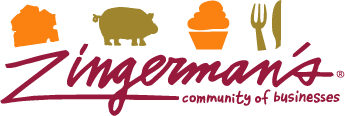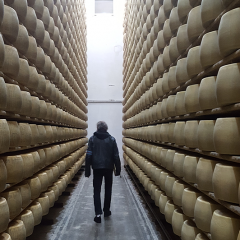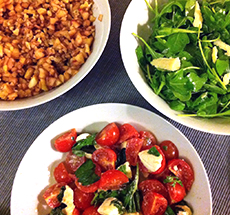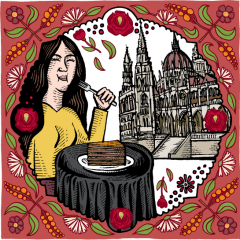
Taking a Trip to Piedmont, the Secret Culinary Capital of Italy
Truffles, wine, hazelnuts, cheese, chocolate, and more! Looking for a life-changing adventure? Something that will provide you with marvelous memories of great food and great people that you will carry with you for the rest of your life? Curious about crafting your culinary and cultural wisdom? Consider this, then: while students are settling into their […]
Read more »




Zingerman’s Art for Sale